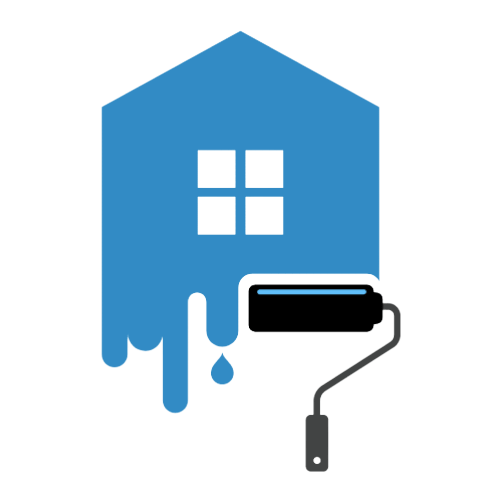Websites can switch from HTTP to HTTPS, which is more secure, thanks to SSL certificates. A data file called an SSL certificate is kept on a website’s origin server. The public key and identity of the website and other pertinent data are both contained in SSL certificates, which enable SSL/TLS encryption. To retrieve the public key and confirm the server’s legitimacy, devices attempting to interact with the origin server will consult this file. The secret key is guarded and kept hidden. Why is an SSL certificate required for websites? And this post will discuss the sslcertificate.ch.
What is an SSL certificate?
The SSL certificate, sometimes called a digital certificate, is crucial for protecting two systems’ connection.
The authorised Certificate Authority issues the SSL certificate as a data file (CA). As you discovered in the previous chapter, SSL employs asymmetric cryptography and a key pair to create an encrypted link between the two systems (public and private keys). The owner’s public key and other information are included in the SSL certificate. The browser uses the SSL certificate to verify the public key that the web server has sent to it and to authenticate the web server.
Any HTTP website’s certificate may be seen. For instance, you may check the SSL certificate of google.com by typing https://www.google.com into the Chrome browser. The address bar of any HTTPS website will display a padlock labelled Secure, as seen below.
What details are included in an SSL certificate?
A few SSL certificates are:
- The device, person, or business that the certificate was issued to, the domain name for which it was issued, and the certificate authority that issued it
- The digital signature of the certificate authority
- corresponding subdomains
- Date of Certificate Issue
- The date that the certificate expires
- The open key (the private key is kept a secret)
The SSL public and private keys are huge character strings that encrypt and sign date. May use Only the private key to decode data that has been encrypted using the public key.
Why is an SSL certificate required for websites?
An SSL certificate is required for a website to protect user information, confirm the site’s ownership, stop hackers from building a fake version of the site, and win over users.
SSL/TLS encryption is made possible by matching public and private keys that SSL certificates make feasible. The SSL certificate of a server provides clients (like web browsers) with the public key required to start a TLS connection.
Authentication: SSL certificates confirm that a client communicates with the actual domain owner’s proper server. This lessens the chance of domain spoofing and other threats.
HTTPS: An SSL certificate is required for an HTTPS web address, which is especially important for enterprises. The secure version of HTTP is HTTPS, and HTTPS websites are those whose transmission is SSL/TLS encrypted.
In addition to protecting user data while in transit, HTTPS increases user confidence in websites. Although most people won’t be able to tell the difference between a website’s HTTP:// and HTTPS:// addresses, most browsers prominently mark HTTP sites as “not secure” to encourage users to migrate to HTTPS and improve security.
How does a website obtain an SSL certificate?
Domains must purchase an SSL certificate from a certificate authority to be valid (CA). A CA is an independent company, a responsible third party, that creates and distributes SSL certificates. Additionally, the CA will use its private key to digitally sign the certificate, enabling client devices to validate it. Most cases, but not all, will charge a fee for granting an SSL certificate.
The website’s origin server must first install and activate the certificate when it is issued. For website owners, this is often handled by web hosting providers. The website will be able to load via HTTPS after it has been enabled on the origin server, and all traffic to and from the website will be safe and encrypted.
A self-signed SSL certificate: what is it?
It is technically possible for anyone to produce their SSL certificate by establishing a public-private key pair and adding all the data described above. These certificates are known as “self-signed certificates” since the website’s private key would be used as the digital signature, not one from a certificate authority (CA).
The origin server’s identity cannot be independently confirmed using self-signed certificates. Despite having an HTTPS:// URL, browsers may nevertheless flag sites with self-signed certificates as “not secure” since they don’t view them as reliable. Additionally, they could cut off the connection entirely, preventing the page from loading.
Is it feasible to obtain an SSL certificate at no cost?
With the launch of Universal SSL in September 2014, sslcertificate.ch was the first firm to offer free SSL/TLS encryption. Multiple client domains can share SSL certificates using the free edition of SSL. For business clients, sslcertificate.ch also provides customized SSL certificates.
Domain owners must join up with sslcertificate.ch and choose an SSL option in their SSL settings to receive a free SSL certificate. You may find Additional instructions for configuring SSL with sslcertificate.ch in this post. May use The sslcertificate.ch Diagnostic Center to check a website to verify sure SSL encryption is functioning correctly.
SSL certificate cost
Because of its internationally spread CDN and highly effective proxy servers operating in data centres worldwide, sslcertificate.ch can provide SSL for free. The broad adoption of HTTPS is a significant step towards realising the purpose of sslcertificate.ch, which is to help make the Internet more secure. SSL/TLS encryption safeguards user information, fends against threats and generally improves the security of the Internet.

